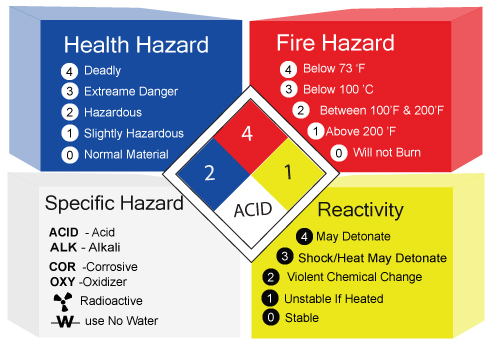Hazardous Materials
Dangerous Goods (IMDG -International Maritime Dangerous Goods Code Cargo)
The Carriage of dangerous goods and marine pollutants in sea-going ships is respectively regulated in the International Convention for the Safety of the Life at Sea (SOLAS) and the International Convention for the Prevention of pollution from Ships (MARPOL).
Relevant parts of both SOLAS and MARPOL have been worked out in great detail and are included in the International Maritime Dangerous Goods (IMDG) Code, thus making this Code the legal instrument for maritime transport of dangerous goods and marine pollutants. As of 1st January 2004, the IMDG Code will become a mandatory requirement.
The IMDG Code is based on an internationally agreed system which:
- Groups dangerous goods together based on the hazards they present in transport (classification).
- Contains the dangerous goods in packaging / tanks which are of appropriate strength and which will prevent the goods escaping.
- Uses hazard warning labels and other identifying marks to identify dangerous goods in transport.
- Requires standard documentation to be provided when dangerous goods are being transported.
- Lays down principles for ensuring that dangerous goods which will react dangerously together are kept apart.
- Lays down principles for where to place dangerous goods on board ship to ensure safe transport.
- Provides emergency response advice for dangerous goods involved in a fire or spillage on board ship.
Dangerous goods are divided into nine classes (in addition to several subcategories) on the basis of the specific chemical characteristics producing the risk.
The graphics and text in this article representing the dangerous goods safety marks are derived from the United Nations-based system of identifying dangerous goods. Not all countries use precisely the same graphics (label, placard and/or text information) in their national regulations. Some use graphic symbols, but without English wording or with similar wording in their national language.

Dangerous goods shall be divided into the following classes:
Hazardous Materials









Packing groups
Packing groups are used for the purpose of determining the degree of protective packaging required for Dangerous Goods during transportation.
- Group I: great danger, and most protective packaging required. Some combinations of different classes of dangerous goods on the same vehicle or in the same container are forbidden if one of the goods is GroupI
- Group II: medium danger
- Group III: least danger among regulated goods, and least protective packaging within the transportation requirement
